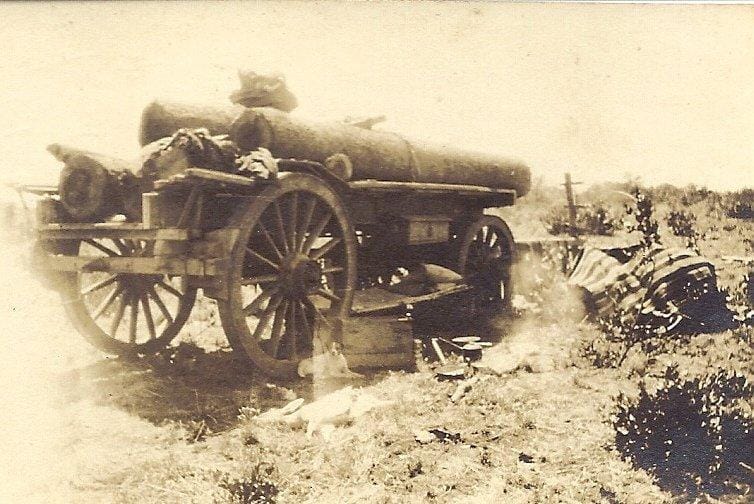Sobering Up After Repairs

Loading Gervas Hughes wagon with logs for the Globe and Phoenix Mine, 1929.
Sobering Up After Repairs
By the mid 1930s, Gervas Hughes was doing well in Que Que. He had built a new building to house a mill and a larger office which Mrs. Byerly, sister of Mesdames Birch and Malloy, managed very well. He had ten ox-wagons on outside contract to the three biggest mines in the area: Sherwood Star, Gaika and the Globe and Phoenix. He had mule-trolleys for town work and the first two and a half ton Model A Ford truck in town, straight from America via Mr. Matherson’s Garage.
Sobering Up After Repairs
Besides Gervas’ Model A there were a number of model T Fords in town, too. Repairs were inevitable. Mr Fraw repaired Fords, Overlanders and light tourer four seaters fitted with a three speed gear box. Mr. Partridge, the undertaker, had a model T hearse that he kept in a yard under a lean-to. If anyone died in town, the Union Jack was flown at half mast and upside down on a flag pole in his yard. The lack of a hospital in Que Que cramped Partridge’s style as he only got the corpses that died in their boots.
Jack Seiler, brought up in an orphanage in South Africa, had hitched a ride with transport riders with wagons going north to Rhodesia. He opened a blacksmith workshop in Que Que diagonally opposite Naran’s on John Austen’s Plot. It was enclosed with corrugated iron sheets on end. Beyond the workshop was a jumble of second hand boilers and mining plant. There was a stable there where Gervas outspanned his mule cart.
Jack used to go on the tear about once in three months. Then the only way to get wagon wheels repaired was to take Jack out across the concession to the junction of the Bembezaan and Sebakwe rivers, park him there with an African, some skoff (food), and a case of beer. Three days later, someone would bring him back again, quite sober.
Jack had a wheelwright working for him called Colly, who charged £5 to build a wheel. Gervas was very particular about the materials. Naves had to be mahogany from A.F. Philip & Co, Bulawayo, muunga (acacia karroo) felloes from Wiggins and Hatcher Maradaba Saw Mills at Odzi, and spokes from Theisen in Durban. They also supplied all the mild steel rounds, flats, and angles, at 1d per lb plus 1d freight, to Que Que. Wheel making was an art. Naves, spokes, and felloes had to fit together with adequate looseness, to allow for the shrinkage of the steel tyre, to go over when red hot, and to cram all the parts together when cold.
Colly also liked his drink. After a turn in the Globe and Pheonix’s two bed hospital, when asked what ailed him, his reply was, “Well, the doctor said I had alcoholic poisoning, but I seen spiders dressed in khaki sloping arms and forming fours.”
Many Thanks to Tim Hughes of Queensland, Australia for the story excerpt from his unpublished manuscript Matambega and Son and the picture.
